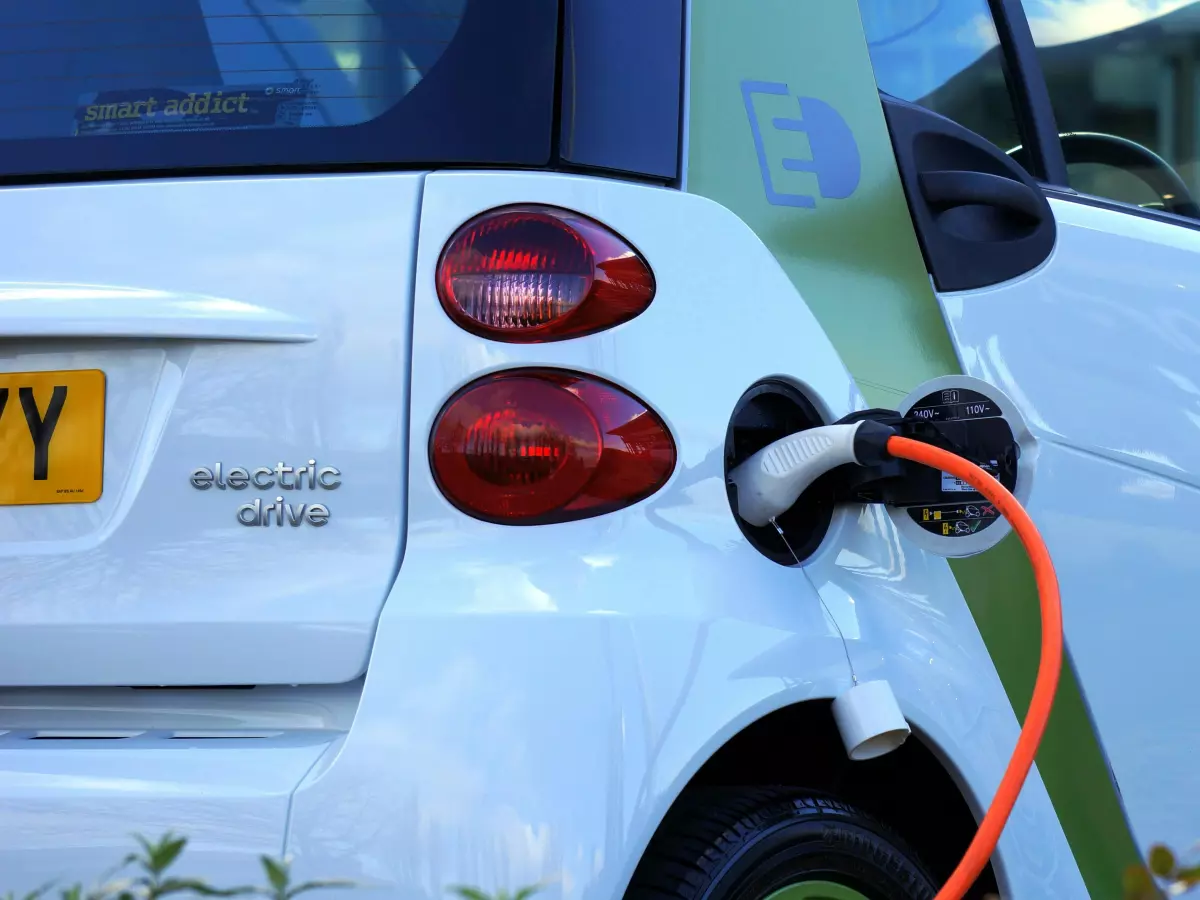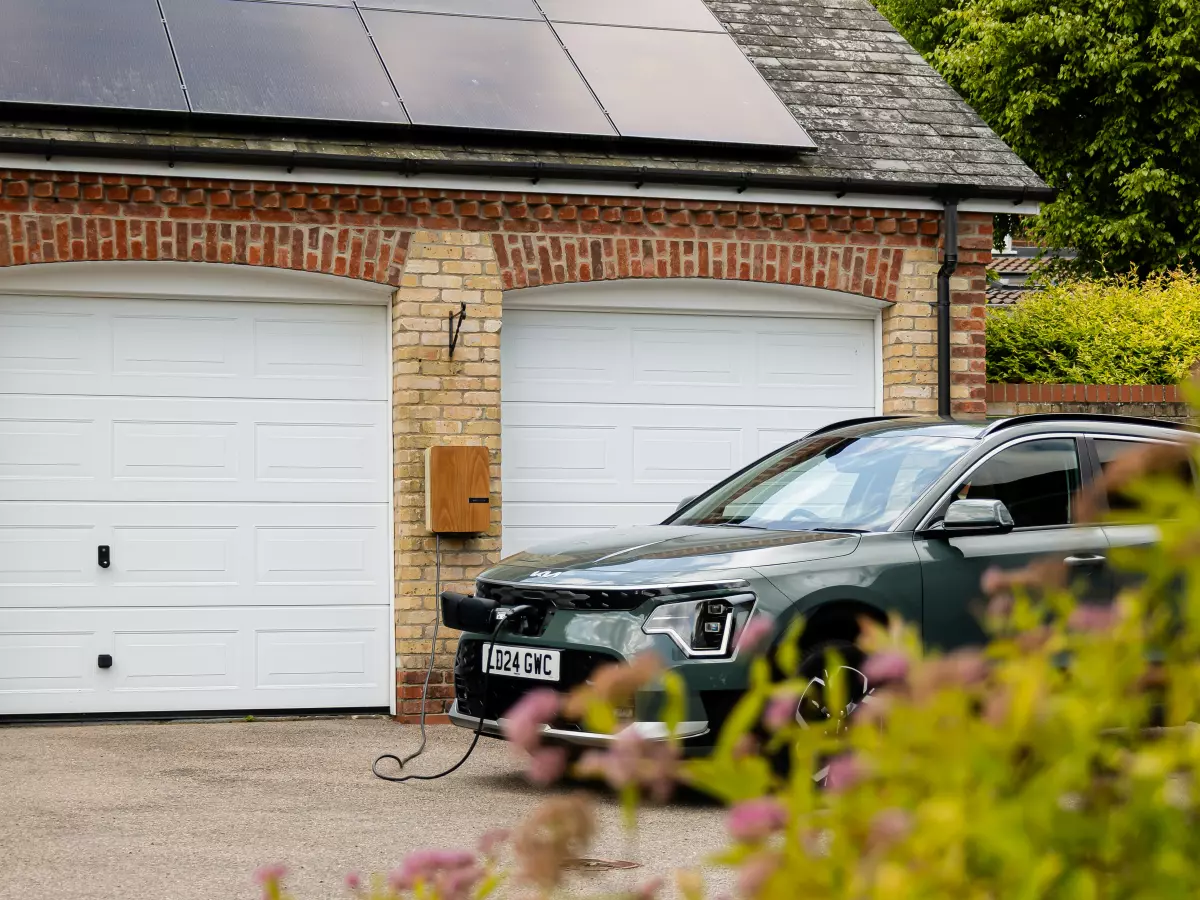Charging Revolution
We’ve all heard the same story: electric vehicles (EVs) are the future, and charging infrastructure is the key to making that future a reality. But is the current network really ready for the EV boom?

By Hiroshi Tanaka
For years, the narrative has been simple: more EVs on the road means more charging stations. And while that’s true, it’s not the whole story. In fact, the way we think about EV charging networks is evolving in ways that go beyond just adding more plugs. The future of EV charging is not just about quantity—it’s about speed, intelligence, and integration.
However, as the number of EVs skyrockets, the current infrastructure is starting to show its cracks. Long wait times at busy charging stations, inconsistent charging speeds, and the dreaded “range anxiety” are still very much a thing. But here’s the twist: the next generation of charging networks is set to change all that.
Ultra-Fast Charging: The Need for Speed
Let’s face it: no one likes waiting, especially when you’re on a road trip or trying to get to work. The good news? Ultra-fast chargers are here to save the day. These bad boys can juice up your EV in as little as 10-20 minutes, making them a game-changer for long-distance travel. But here’s the catch: not all EVs are equipped to handle these super speeds, and the infrastructure to support them is still in its infancy.
Ultra-fast chargers, also known as DC fast chargers, operate at much higher power levels than your standard home or public chargers. We're talking about 150 kW to 350 kW or more. But before you get too excited, remember that not all EVs can take advantage of this kind of power. Many older models or budget-friendly EVs are limited to slower charging speeds. So, while ultra-fast charging is a big step forward, it’s not a universal solution—yet.
Smart Grids: Charging Gets Smarter
Now, let’s talk about the brains behind the operation: smart grids. These are the unsung heroes of the EV charging revolution. A smart grid isn’t just about delivering electricity; it’s about doing it efficiently, balancing supply and demand, and even using renewable energy sources like solar or wind.
Imagine this: you plug in your EV at home, and instead of just sucking up electricity, your car talks to the grid. It knows when electricity is cheapest, when demand is low, and when renewable energy is most available. This kind of intelligence can help reduce the strain on the grid, lower your energy costs, and even make your EV part of a larger energy ecosystem.
Smart grids are also crucial for managing the load as more EVs hit the road. Without them, we could be looking at blackouts or overloaded systems. But with smart grids in place, we can ensure that charging is distributed evenly, preventing bottlenecks and keeping the lights on—literally.
Vehicle-to-Grid (V2G): Your EV as a Power Source
Here’s where things get really interesting: what if your EV could not only charge itself but also give power back to the grid? That’s the idea behind Vehicle-to-Grid (V2G) technology. In a V2G system, your EV becomes a mobile battery that can store excess energy and then feed it back into the grid when needed.
Think about it: during peak energy demand, your EV could help stabilize the grid by providing extra power. And when demand drops, it charges back up. This could be a game-changer for renewable energy, as it helps smooth out the fluctuations in solar and wind power generation.
V2G technology is still in its early stages, but it’s already being tested in pilot programs around the world. As this tech matures, it could turn every EV into a mini power plant, helping to create a more resilient and sustainable energy system.
Charging Hubs: The Future of EV Refueling
We’ve all seen gas stations, but what about EV charging hubs? These are the next evolution in charging infrastructure, designed to handle large numbers of EVs at once. Think of them as the EV equivalent of a truck stop, but with way more tech.
Charging hubs are popping up in cities and along highways, offering a mix of ultra-fast chargers, standard chargers, and even amenities like cafes or workspaces. The idea is to make charging not just a necessity but an experience. You can grab a coffee, check your email, and before you know it, your EV is ready to go.
These hubs are also designed with future scalability in mind. As more EVs hit the road, charging hubs can expand to meet demand, ensuring that we don’t end up with long lines and frustrated drivers.
Software-Driven Charging: The Invisible Hand
Finally, let’s not forget the role of software in all of this. Charging networks are becoming increasingly software-driven, with apps that help you find the nearest charger, monitor your charging session, and even pay for your electricity. But it goes deeper than that.
Behind the scenes, software is managing everything from load balancing to predictive maintenance. It can identify potential issues before they become problems, ensuring that chargers are always up and running. And as AI continues to evolve, we could see even more intelligent systems that optimize charging times, reduce costs, and make the entire process seamless.
So, while the physical infrastructure is important, the software running it is just as crucial. In fact, it might be the key to making EV charging as easy and convenient as filling up a gas tank.
The Road Ahead
As EVs continue to grow in popularity, the charging network will need to evolve to keep up. From ultra-fast chargers to smart grids, V2G technology, and software-driven systems, the future of EV charging is looking bright—and fast. But we’re not there yet. The infrastructure is still catching up, and there are plenty of challenges ahead.
However, one thing is clear: the way we charge our EVs is changing, and it’s going to be a lot more than just plugging in and waiting. The future of EV charging is smarter, faster, and more integrated than ever before. Buckle up, because the charging revolution is just getting started.





